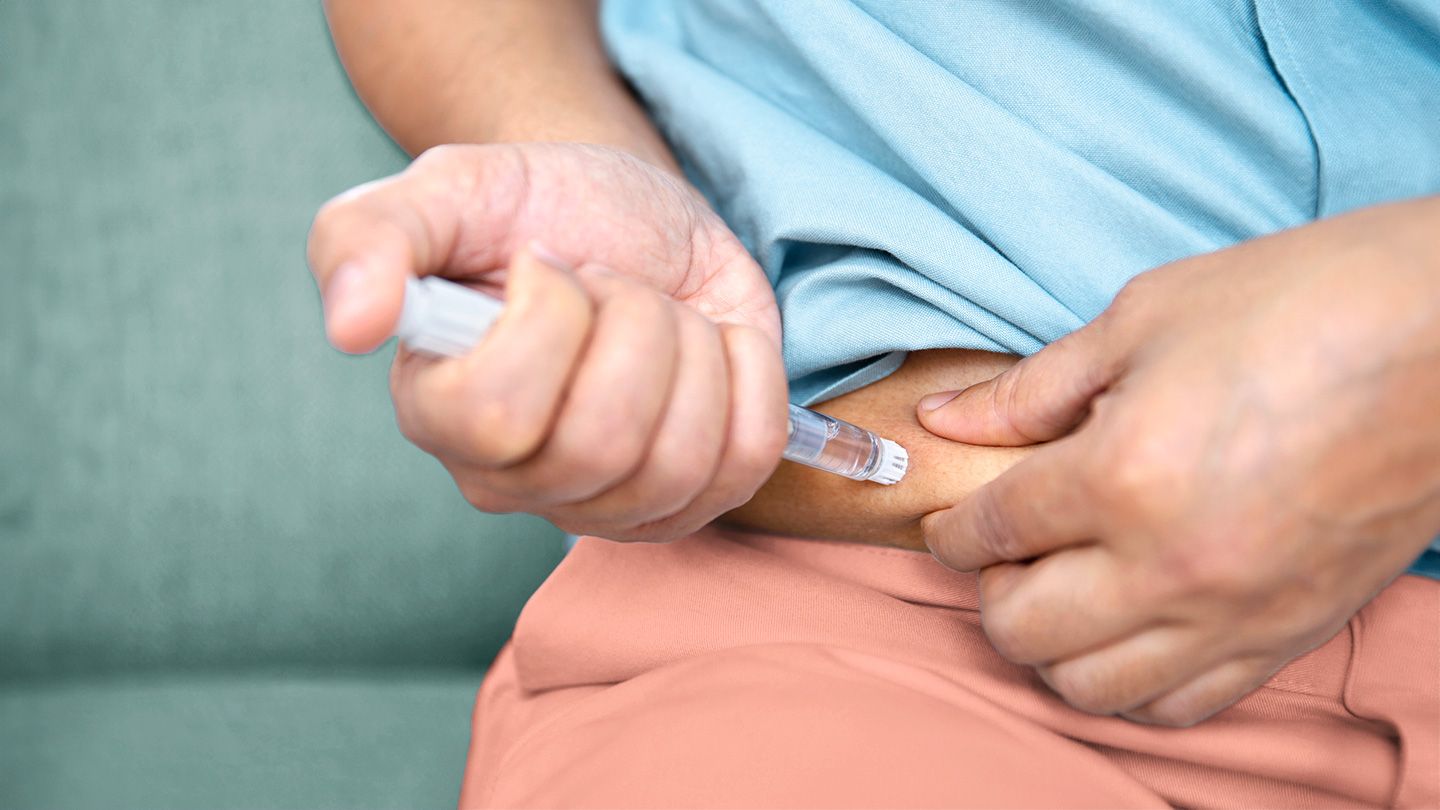If topical medications haven’t been strong enough to control your psoriasis, your dermatologist may recommend a biologic, a type of drug that targets the part of the immune system responsible for triggering symptoms.
According to Adelaide Hebert, MD, a dermatologist with the University of Texas Health Science Center at Houston, these drugs are often more effective than topical medications.
Whether you are new to injections or have done them regularly, these tips can help ease anxiety and lessen the pain.
8 Self-Injection Tips
Biologics are available as either single-use, prefilled syringes or auto-injectors. A prefilled syringe has a plunger and a visible needle, whereas an auto-injector is like a pen with a hidden needle. Either way, the following tips can give you some control over the process and make self-injections less stressful.
1. Let the Medication Come to Room Temperature
2. Make It Routine
3. Numb the Skin
4. Relax Your Muscles
5. Pinch the Skin
If you’re using a prefilled syringe, you probably need to hold it at a 45-degree angle; if you’re using an auto-injector, you’ll hold it at a 90-degree angle. But always check the instructions for the specific medication you’re taking first.
6. Give Yourself a Massage
7. Rotate the Injection Site
Once you’ve properly disposed of the needle or auto-injector, jot down where you gave yourself the injection (left thigh or right side of the stomach, for example). When it’s time for the next shot, pick a new spot. “There is some injury to the skin during the injection, so we like patients to rotate the site of the injection,” says Hebert.
If the area where the needle went in becomes red, itchy, or swollen, talk to your doctor. They may prescribe an anti-inflammatory ointment, such as a topical steroid, to soothe the skin, says Hebert.
8. Review Your Injection Technique With a Professional
The Takeaway
- Self-injecting biologic medications is daunting for some people with psoriasis, but there are ways to make the process easier.
- To ease the discomfort, try letting the medication warm up, rotate the injection site each day, and stay relaxed.
- As the process becomes routine, you’ll likely feel more comfortable about self-injecting.
Read the full article here




